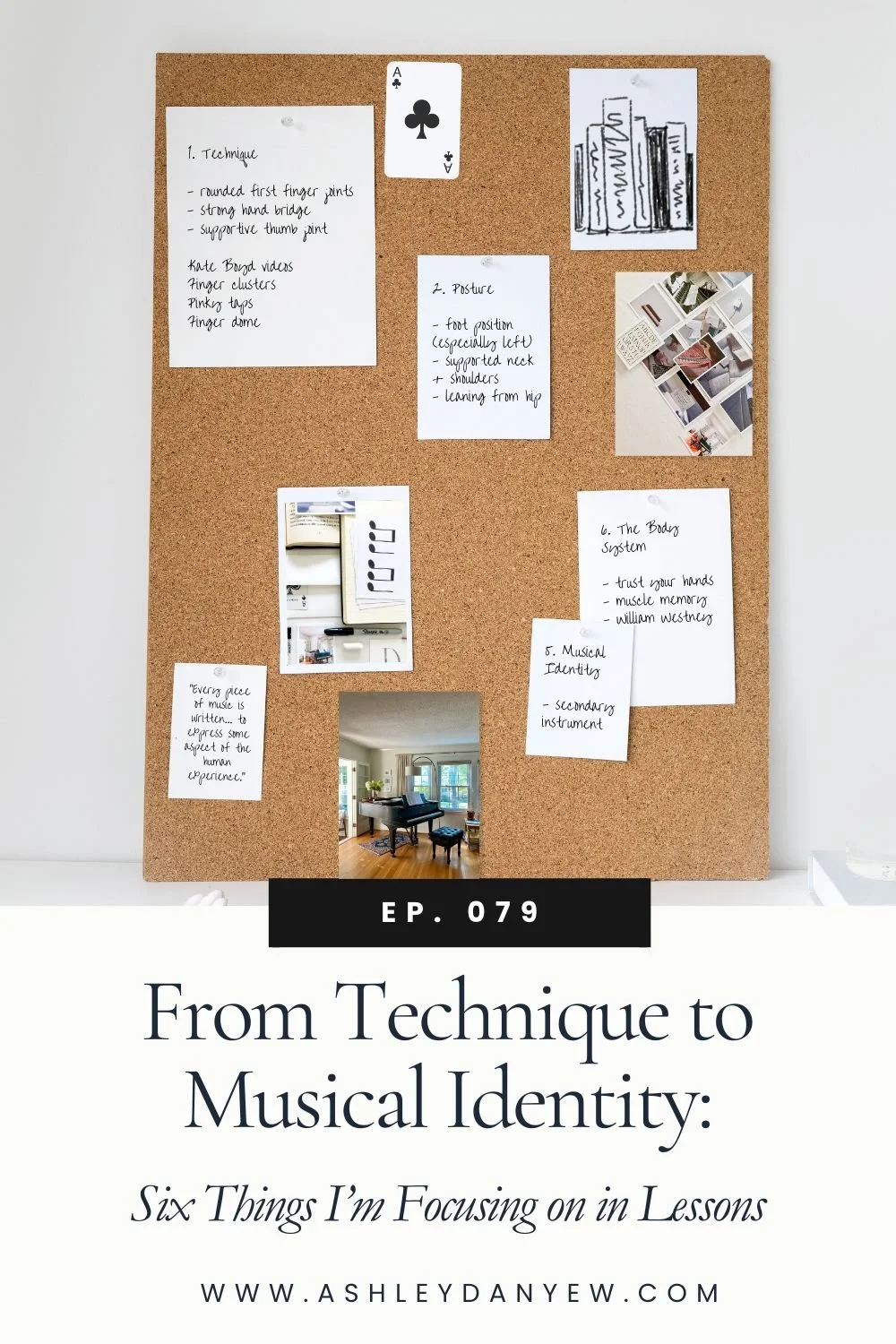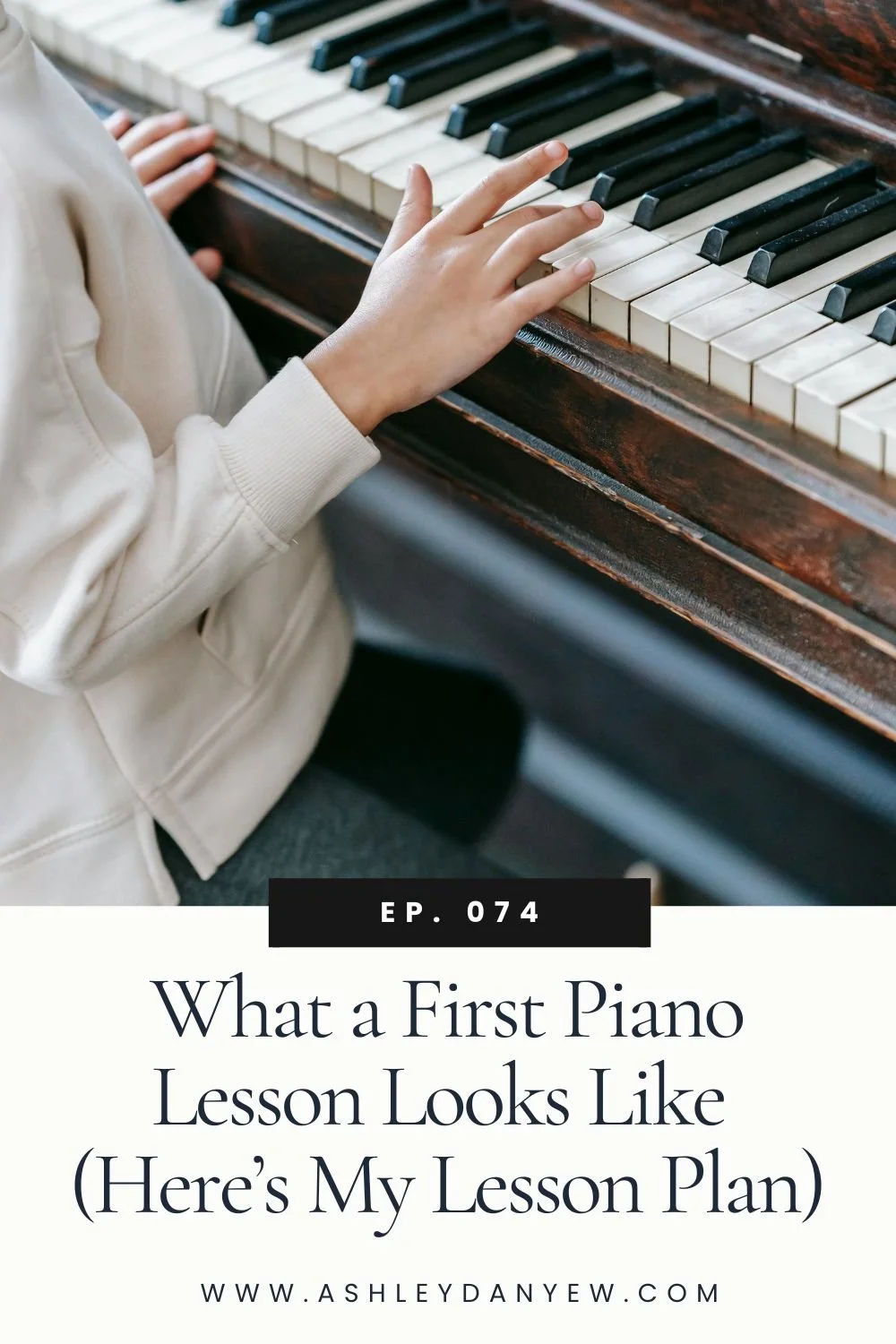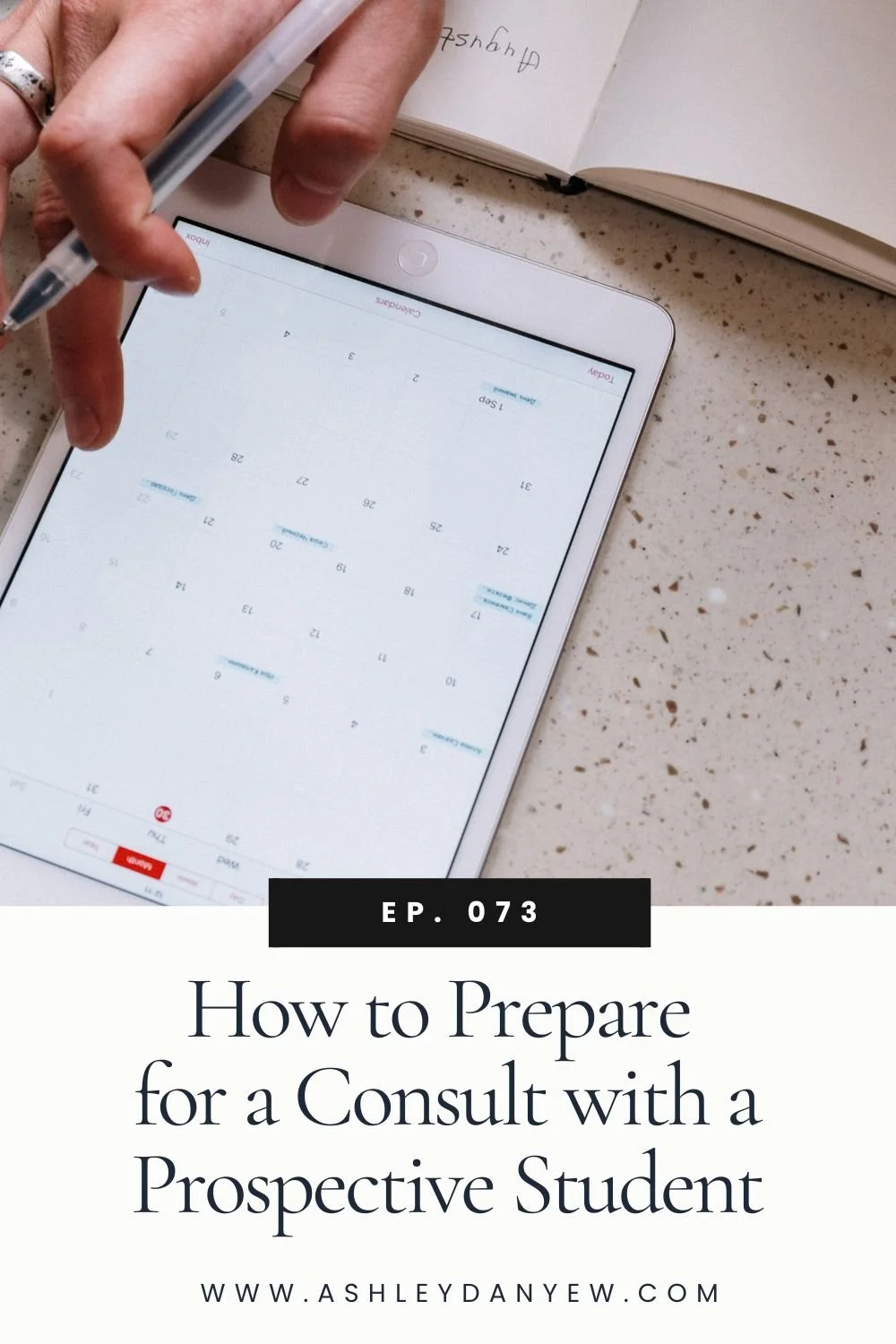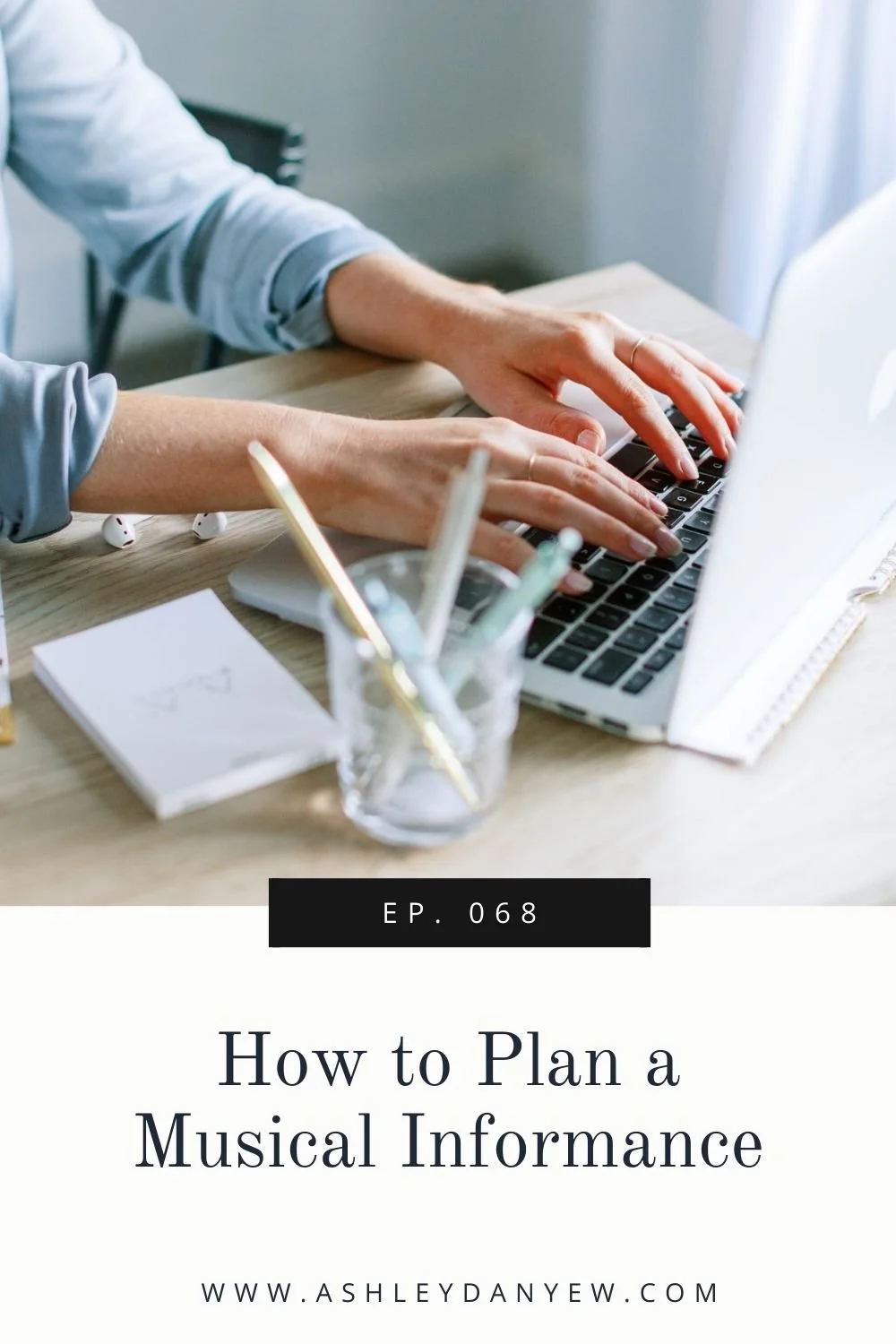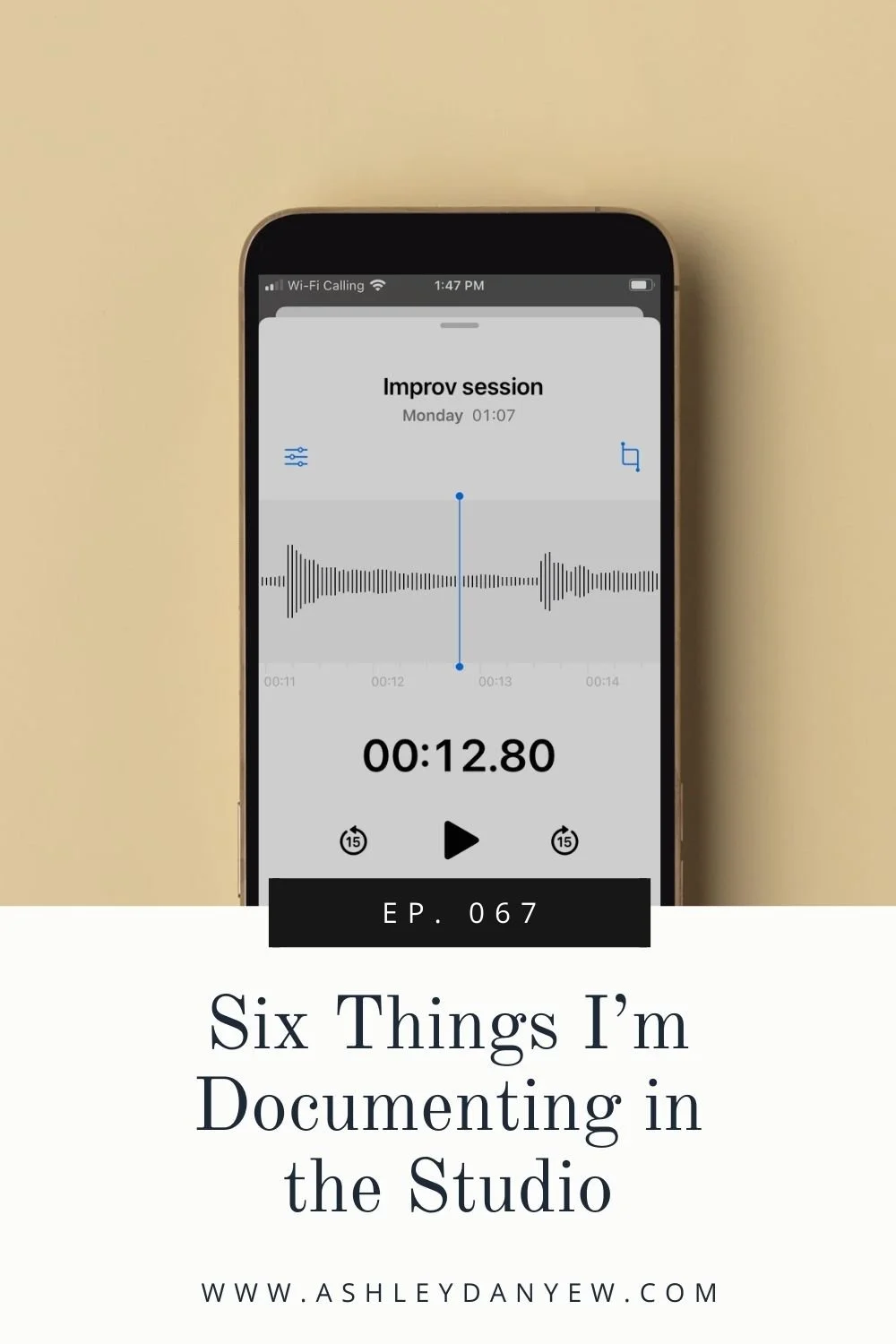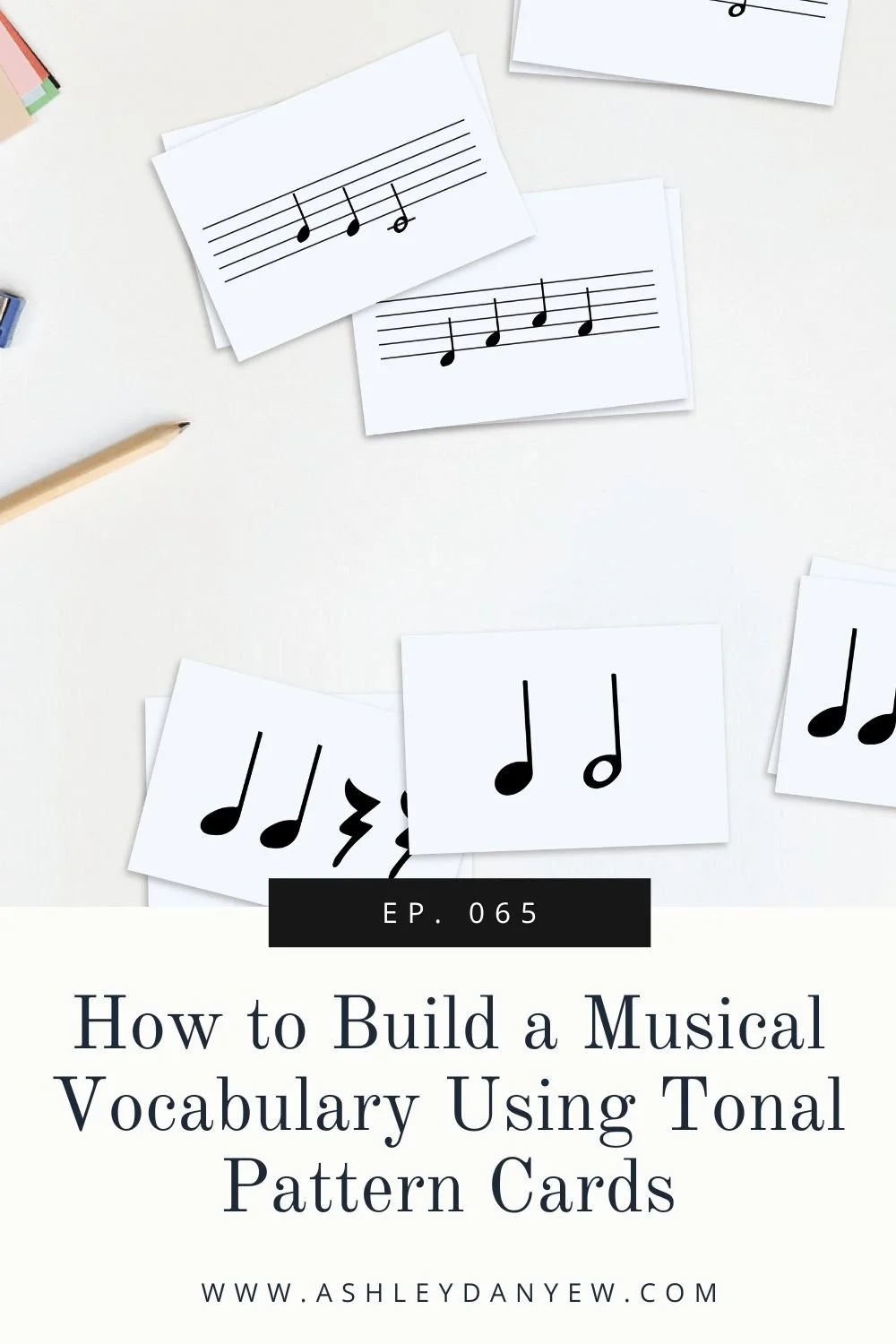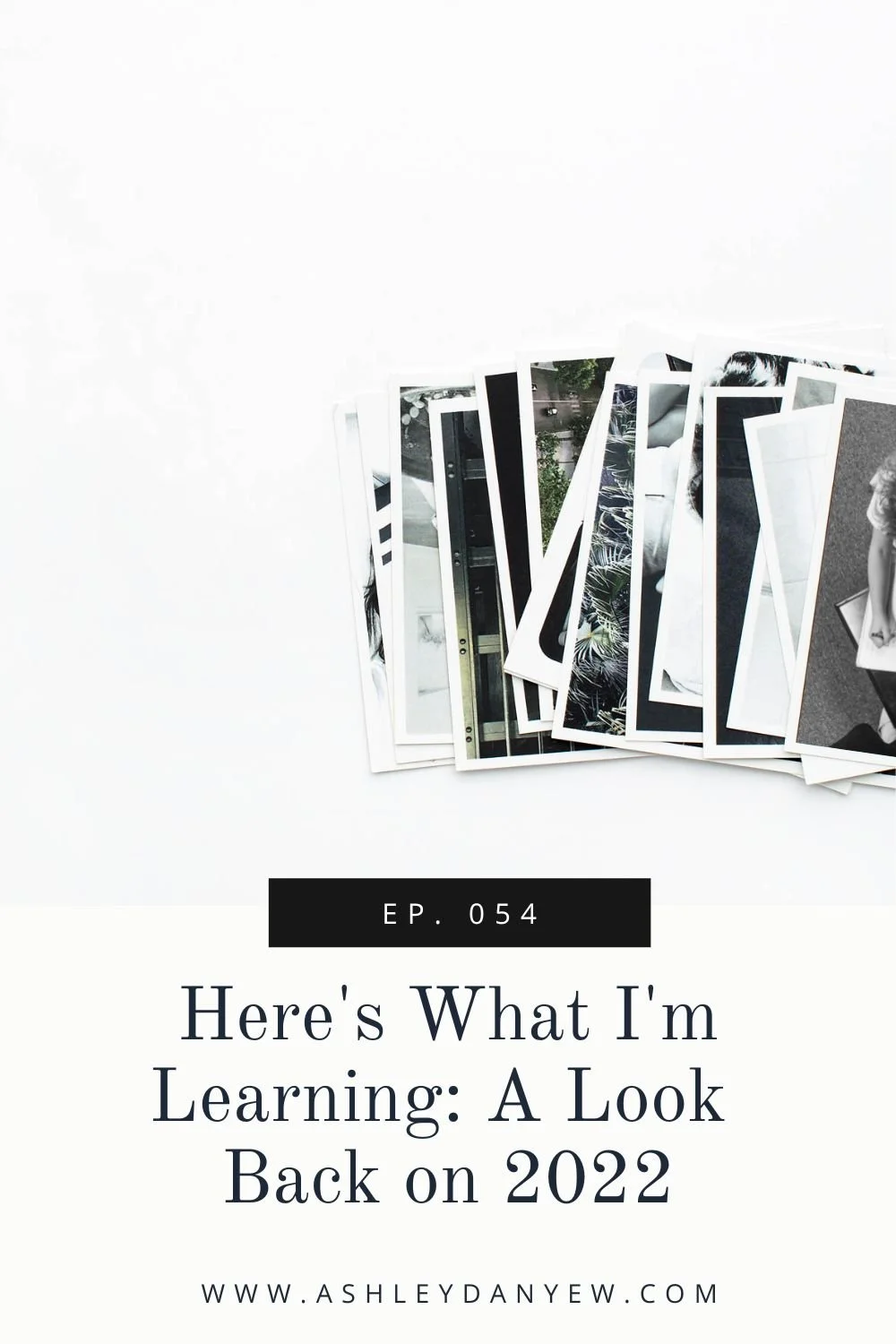Resources Mentioned
*Disclosure: some of the links in this episode are affiliate links, which means if you decide to purchase through any of them, I will earn a small commission. This helps support the podcast and allows me to continue creating free content. Thank you for your support!
Deep Work: Rules for Focused Success in a Distracted World (Cal Newport)
The Music Man (1962)
Speaking the Piano: Reflections on Learning and Teaching (Susan Tomes)
How We Learn: The Surprising Truth About When, Where, and Why It Happens (Benedict Carey)
Ep. 039 - The Secrets of Interleaved Practice: What We Can Learn From Cognitive Science
Ep. 60 - How Do We Approach Mistakes in Music Teaching & Learning?
When you think about practicing, what do you picture?
Maybe you think about your instrument in the living room or your favorite practice room at school. Maybe you picture your studio with morning light streaking across the floor or in the evening with a few lamps casting a cozy glow.
Certainly, practicing happens in all of these spaces. But it can also happen at your desk, in the car, at the breakfast table, on a walk, in a carrel at the library, or in a classroom where no instrument is present.
How?
Because practicing is more than the mechanics of playing an instrument. Practicing involves all the different components of musicianship—listening, analyzing, singing, moving, playing, creating, expressing, reading, writing, understanding, and more.
And many of these skills can be practiced and developed away from your instrument.
This helps bring a more thoughtful, intentional approach to the music learning process and gives you the opportunity to add more practice time into your day.
Cal Newport explains:
“The mental faculties are capable of a continuous hard activity; they do not tire like an arm or a leg. All they want is change—not rest, except in sleep. . . .If you give your mind something meaningful to do throughout all your waking hours, you’ll end the day more fulfilled, and begin the next one more relaxed.” (source: Deep Work: Rules for Focused Success in a Distracted World)
That change can be something as simple as putting your earbuds in on a walk and listening to a new piece on repeat. It can be sitting in the sunroom with a cup of tea studying a score. It can be carrying digital scores with you on an iPad when traveling and listening to recordings on a flight.
Think about all the different ways you could include practicing in your schedule this way—and all the ways your students might be able to increase their practice time.
It all starts by thinking a little more creatively about what practicing can look like.
This episode has two parts—
The first section is admittedly researchy, but in all the best ways. We’ll talk about the power of thinking music, what neurologists say about it, and the two primary components of the music learning process.
In the second section, I’ll share a list of 14 ways to practice away from your instrument. Half of these ideas are relevant to students of all ages, teachers, and music professionals alike; the other half are specific to beginning and elementary students. I tried to write these as general practicing suggestions that I hope will work for most instruments.
I hope this inspires you to think a little more creatively about what practicing can look like—for yourself and your students. Give yourself permission to practice away from your instrument sometimes and see what you glean. Invite your students to do the same.
The “Think” System
Remember the 1962 musical, The Music Man? It’s one of my favorites.
Harold Hill is a traveling con artist posing as a band leader in the early 1900s. He convinces the näive residents of a small town in Iowa to buy uniforms and instruments from him with the promise of starting a boys’ band.
The only problem is, he’s not a musician.
One component of his act is something he described as a “revolutionary new method called the Think System. ‘No need to bother with reading notes,” he says; “‘Just think the music and you’ll be able to play it on your instrument.’”
Now, of course, we know that’s not how it works. Or at least, that’s not all there is to it.
I will add that in the movie, the Think System isn’t simply thinking the music silently with no sound being present. It starts with singing. And this we know to be a significant aid to the music learning process—a way to internalize the music and express it through your built-in instrument. There’s a sense of tonality and meter, phrase-shaping and lyricism, musical patterns and form.
But still, you have to learn the mechanics of playing an instrument, right? There’s technique and physical movement and coordination and expression and control. You can’t just think the Minuet in G, sing it, and then be able to play it.
But I think we’re quick to dismiss thinking and the role it plays in the music learning process.
In her book, Speaking the Piano: Reflections on Learning and Teaching, Scottish pianist and educator, Susan Tomes writes:
“Repeating things for hours on end is not the only way to make progress. Practicing in your head is equally important and sometimes more effective when it comes to imagining musical shape and atmosphere, because you’re not preoccupied by the mechanics of playing. Learning to ‘hear’ music in your imagination is a crucial part of becoming a better musician. Liszt said, ‘Think ten times and play once.’”
It’s a good reminder for all of us—teachers, students, and professionals alike. How much time do we spend practicing in our heads? Do we give our students opportunity to imagine the music before playing or to think in sound?
This is known as audiation in the Music Learning Theory. It’s a cognitive process where the brain organizes and gives meaning to musical sounds. Susan Tomes noted:
“Neurologists have told us that when we imagine music, the neurons and circuits active in the brain are the same ones active when we are actually hearing music.”
Isn’t that interesting? As it turns out, the Think System isn’t completely off base.
Thinking in sound is a fundamental part of how we learn music. It’s the “foundation of musicianship” (source: GIML). And that brings us to a key concept in music education: discrimination learning.
Discrimination Learning
In the Music Learning Theory, Edwin Gordon describes two main categories of skill learning: discrimination learning and inference learning.
Discrimination learning begins with hearing and imitating and learning skills and patterns by rote.
Inference learning is the next level where students are able to identify, create, improvise, and make their own discoveries. Basically, the student becomes the teacher.
On the Gordon Institute for Music Learning website, they explain:
“Discrimination learning is of initial primary concern to a teacher because students cannot learn to make inferences unless they have learned how to make and have made discriminations. Without the readiness that the ability to discriminate provides, they would find that everything sounds the same.”
In his book, How We Learn: The Surprising Truth About When, Where, and Why It Happens, author and former science reporter for The Times, Benedict Carey uses a musical example to illustrate how the brain receives and processes information:
“The brain doesn’t solely learn to perceive it also perceives to learn. It takes the differences it has detected between similar-looking notes or letters or figures, and uses those to help decipher new, previously unseen material. Once you’ve got Middle C nailed on the treble clef, you use it as a benchmark for nearby notes; when you nail the A an octave higher, you use that to read its neighbors; and so on. This ‘discrimination learning’ builds on itself, the brain hoarding the benchmarks and signatures it eventually uses to read larger and larger chunks of information.”
This is the same way we learn language—building a knowledge bank of letters and words and phrases that we can read, recognize, understand, and create with in the future.
We’ve established the importance of thinking and imagining music, the value of singing and embodiment, and how to develop skills and build a vocabulary of musical patterns through discrimination and inference learning.
Now, let’s talk about the practical side—how to incorporate this into your practicing routine and encourage your students to do the same.
14 Ways to Practice Away From Your Instrument
(in no particular order)
>> For students of all ages, teachers, and music professionals:
Listen to a recording (or two or three) and follow along in your music. I always encourage my students to listen to several recordings and compare them and I try to do the same when studying a piece.
Listen to a recording, follow along in the score, and tap the rhythm. This can be a helpful way to construct the rhythmic framework of the piece—the architecture, as I like to describe it. You’re also reinforcing your understanding of the rhythm patterns in the piece and preparing for the physical aspects of playing.
Analyze the piece in terms of form, key, meter, musical features, phrase structure, harmonic structure, etc.
Tap the rhythm. This is done without a recording and may be done hands separately and/or hands together for pianists.
Sing the piece. Start with the melody or bass line. Pick an inner line. Maybe it’s just a few phrases or maybe it’s the whole piece. Learn it, refine it, embody it. You may remember me talking about my college professor who learned one of the Bach preludes by ear. He listened to it while doing the dishes and at other points during the day and he didn’t sit down to work it out on the piano until he could sing it all from memory. Then, he spent some time each evening working out bits and pieces at the piano until he had the whole piece learned, no notation at all.
Practice finger patterns in the air or on a table. This is a helpful way to approach fast, technical passages and scale lines, as well as simple patterns found in elementary pieces.
Audiate a new piece. Choose something unfamiliar to you and see if you can “read” the piece silently. As Susan Tomes writes, “One of the good things about silently reading the score is that it frees you to imagine the music without also having to worry about the geography of the instrument.” How much can you hear? Try to audiate just the melody or just the bass line. Can you sing the line in your head?
>> For beginning and elementary students:
Point and name starting notes. This is a good way to review landmarks and reading on the staff. I ask my students to name the closest landmark note first, then the direction (up or down) and interval. So they might say, Treble G, up a 3rd, B.
Review finger numbers (try this with your eyes closed). Ex. RH 4, LH 2, RH 3, LH 5. This can be a general practice (perhaps with a parent calling out finger numbers or patterns) or something tied to a specific piece.
Practice saying the musical alphabet up (i.e. ABC…) and down (i.e. GFE…). My students love to practice this on the stairs. We talk about the importance of knowing the alphabet both ways because musical patterns go up and down.
Practice saying the musical alphabet up by skips (i.e. ACE…). This is a variation for elementary students and a good way to prepare for chord-building, I find.
Watch a reminder video and follow along in your music. Often, reminder videos break down the piece into tonal and/or rhythmic patterns, so this is particularly helpful for pieces learned by rote.
Listen to a recording and tap the steady beat or move to the music. Movement is a key way to embody the music and fully experience it. This is a great opportunity to step away from the instrument and move freely.
Find all intervals of a 3rd, 4th, 5th, etc. This is a great score-study activity and a helpful way to bridge discrimination and inference learning.
A practical example
I thought it might be helpful to share a quick example of what a 10- to 15-minute practice session might look like away from the instrument. I’m thinking in terms of an elementary student here—this is something I might share with parents:
Start with alphabet review. Say the musical alphabet up (i.e. ABC…) and down (i.e. GFE…).
Open your book to your new piece and look for familiar rhythm patterns. Tap the rhythm with finger clusters.
Practice finger patterns in the air or on a table. Are any patterns the same?
Point and name the starting notes. What’s the closest landmark?
Find and mark all the skips (3rds). What other intervals do you see?
Summary
In sum, practicing is more than time spent at your instrument—it’s a way of thinking, listening, and engaging with music. When we give ourselves and our students permission to practice in multiple ways, we open up new possibilities and potential for musical growth and meaningful learning.
P.S. If you enjoyed this episode and want to dive deeper into practical strategies and the science behind practicing, I have three other episodes you might like. Save these for later:
Ep. 039 - The Secrets of Interleaved Practice: What We Can Learn From Cognitive Science
Ep. 60 - How Do We Approach Mistakes in Music Teaching & Learning?
I’d love to hear from you:
I’d love to hear what you thought of today’s topic. Leave a comment below or send me a message on Instagram—I’d love to hear your thoughts!





